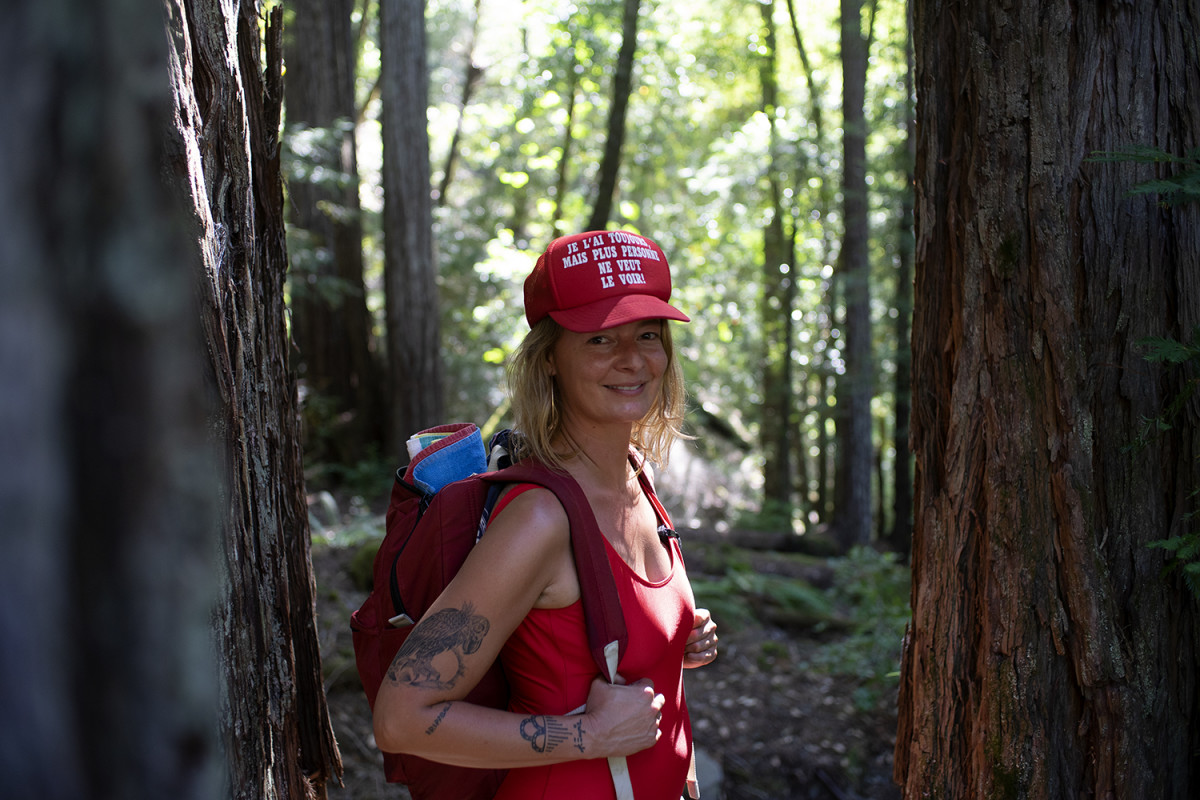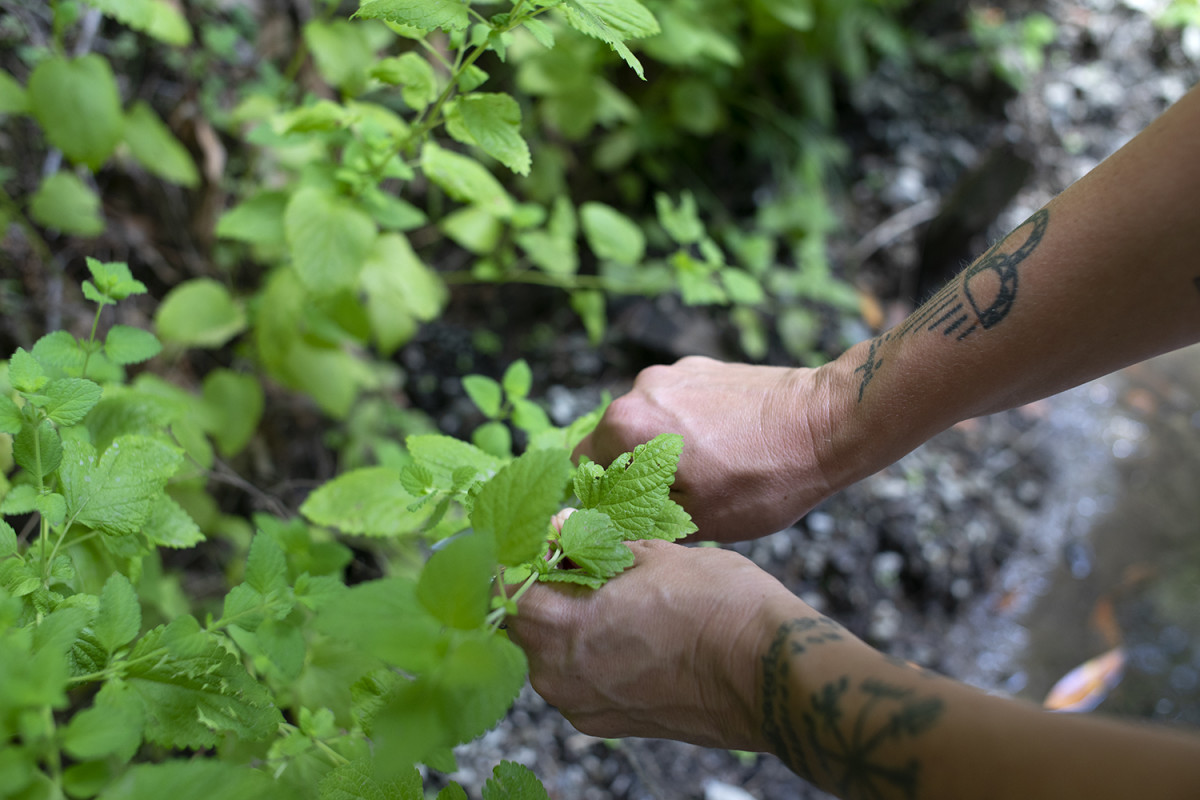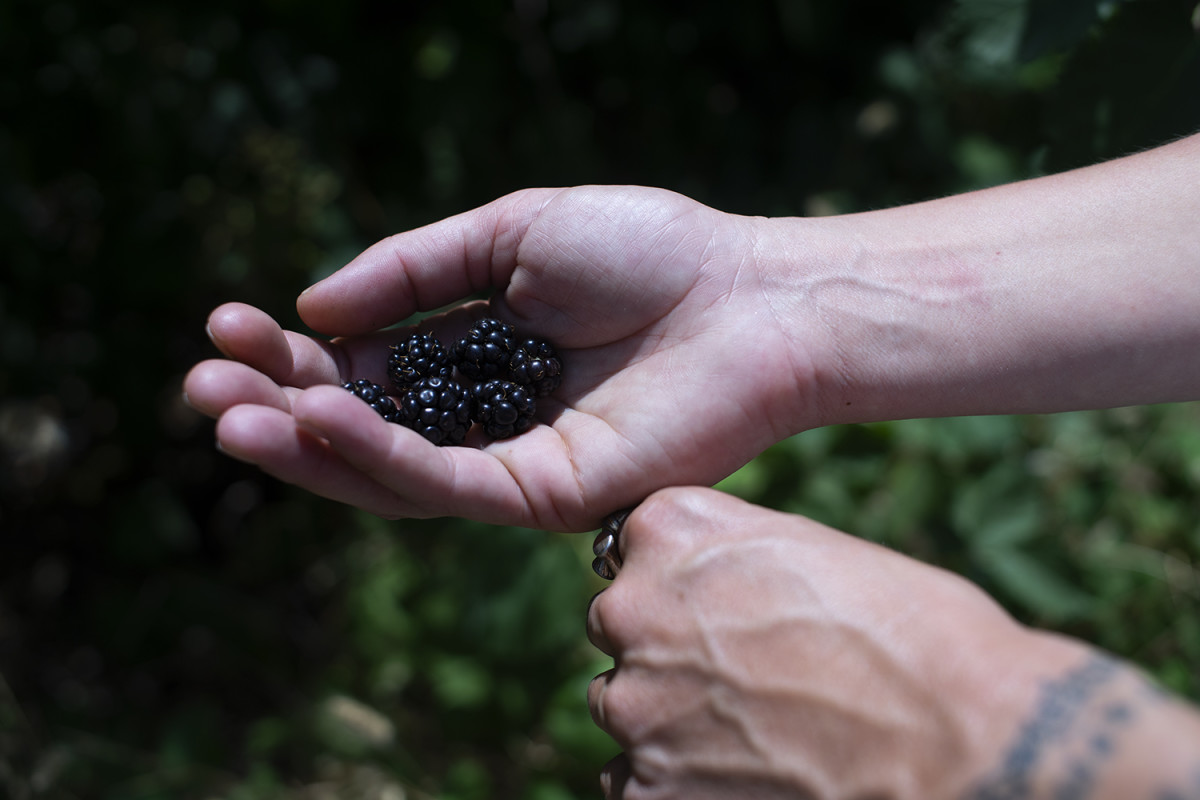In an urban environment you can walk in just about any direction and find a bar that can make you a wonderful craft cocktail. If you’re a drinker, you’re probably accustomed to ordering something like an Old Fashioned or engaging your bartender in some casual conversation about how they can modify the house margarita.
Narrow down that experience even more for those of us who love the outdoors and you’re likely to indulge in an aprés-ski glass of wine or hit your favorite brew pub after a few days on the trail.
Go deeper beyond the comforts of car camping and your options to imbibe seemingly become even smaller. No one wants to schlep a growler into the backcountry—plus warm beer is not so tasty. And if you like wine but don’t love the weight, packing an additional 2.65 pounds of liquid might mean you’re staying sober for a few days.
Sure, you can take a cue from your next flight and pack a few stashable bottles of booze, but what about the mixers? Of course we don’t want to underestimate your willingness to get creative, but we’ve just noticed that happy hour is a little lackluster without the proper knowledge on how to be your own backcountry bartender.
To solve for this, we turned to resident expert, Lauren De Vine to give us some practical advice on where to start, what to pack, how to forage, and most importantly, how to be responsible with that practice. Having had enough of the corporate grind in the cosmetic world, De Vine simplified her life and had a stint working behind some bars in the San Francisco area learning the tricks of the trade and fine tuning her knowledge of flavor composition.

Collaborating with well-known chefs landed her a gig at the famed seaside Post Ranch Inn Resort in Big Sur that gave her a master’s class in developing her craft even further in a natural breathtaking setting that also informed her flavor profiles.
This leap, met with intention, intuition and desire for a fresh approach, brought her into designing lists for Michelin star-awarded restaurants—forging friendships with innovative chefs who understood her work that would dictate her career to come. She lives life with a certain fluidity that is less like a rootless vagabond and more like a vocational gypsy working when she wants and often where she parks her vintage van.
This flexibility has landed her projects designing drinks and pouring at places like Outpost Trade Show or Desert and Denim and consulting with a number of American heritage brands on their cocktail experiences.
“So many chefs or bartenders would kill to get out of the restaurant, onto the land and have access to the ingredients you would find out in the wild,” De Vine tells me about the idea that’s at the center of her mission. “We’re all evolved to consume the things that are right in front of us.”
We laugh at the fact that you don’t need a studio to play a guitar so why would you need a full bar to make a cocktail? With a few basic ingredients she walks us through what she calls “ethical wildcrafting” which you can achieve too by bringing a small bottle of booze and understanding what plants to pick.


“The idea of having a good cocktail in the backcountry—which they even talk about when you bartend at home—is to have a knowledge of some base recipes,” she adds. “You just have to add local flora to something that’s sweet or sour. There’s no reason to move beyond keeping it simple unless you want to.”
For these recipes we both agreed that Mezcal and Whiskey would be our go-to after humping a pack 10 miles to camp.
from Men's Journal https://ift.tt/2Ib2xny
via IFTTT







0 comments:
Post a Comment